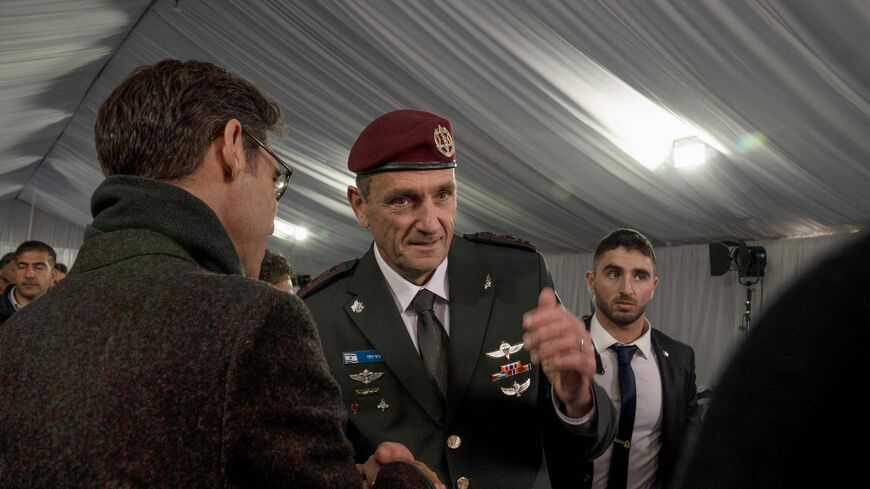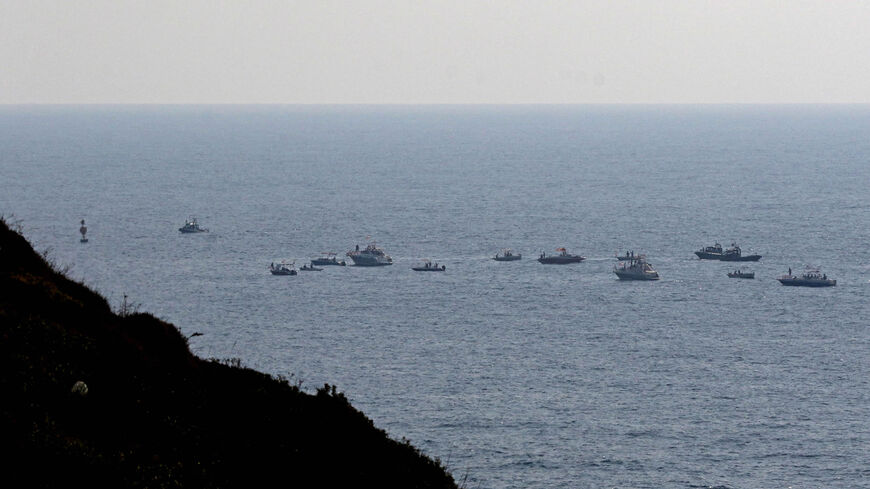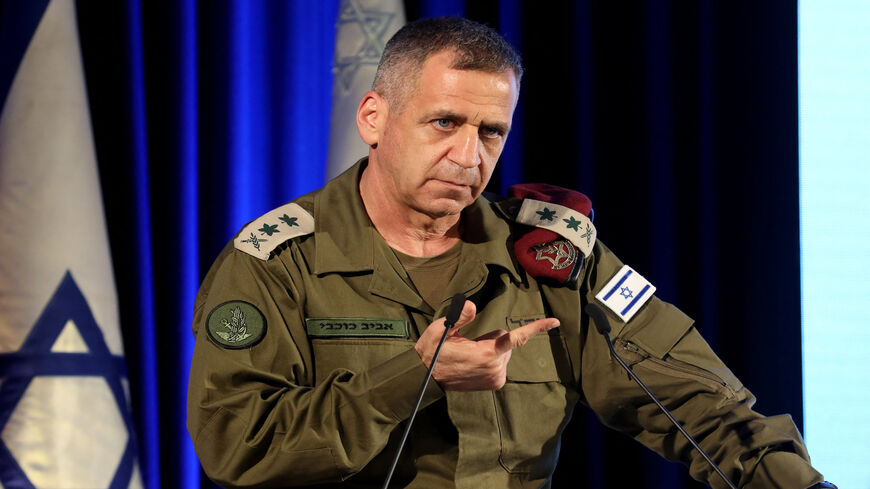
Israel campaigns against the US rushing to negotiate with Iran
Subscribe for less than $9/month to access this story and all Al-Monitor reporting.
OR
Create an account for a 7-day trial to access this article and all of AL-Monitor.
By entering your email, you agree to receive ALM's daily newsletter and occasional marketing messages.












![CORRECTION / Smoke billows during Israeli bombardment on the village of Khiam in south Lebanon near the border with Israel on June 19, 2024 amid ongoing cross-border tensions as fighting continues between Israel and Hamas in the Gaza Strip. (Photo by RABIH DAHER / AFP) / "The erroneous mention[s] appearing in the metadata of this photo by RABIH DAHER has been modified in AFP systems in the following manner: [June 19] instead of [June 8]. Please immediately remove the erroneous mention[s] from all your onlin](/sites/default/files/styles/article_header/public/2024-06/GettyImages-2157669220.jpg?h=790be497&itok=cYAWMTDJ)

